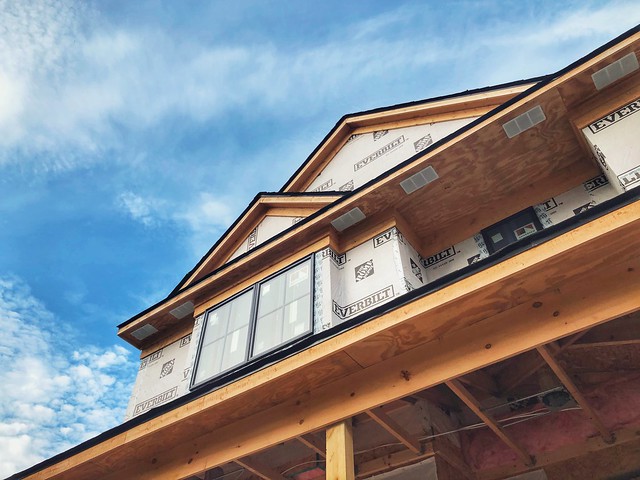The National Association of Realtors’ Pending Home Sales Index tracks the number of contracts to buy homes signed each month. The index is considered a good indicator of future home sales since most signed contracts lead to closed sales several weeks later. According to the most recent release, the index found pending home sales up month-over-month in June. It was the first increase since February. Lawrence Yun, NAR’s chief economist, says the housing recession is over. “The recovery has not taken place, but the housing recession is over,†Yun said. “With consumer price inflation calming close to the Federal Reserve’s desired conditions, mortgage rates look to have topped out. Given the ongoing job additions, any meaningful decline in mortgage rates could lead to a rush of buyers later in the year and into the next.†The NAR expects home sales to bounce back next year after slowing in 2023. (source)













